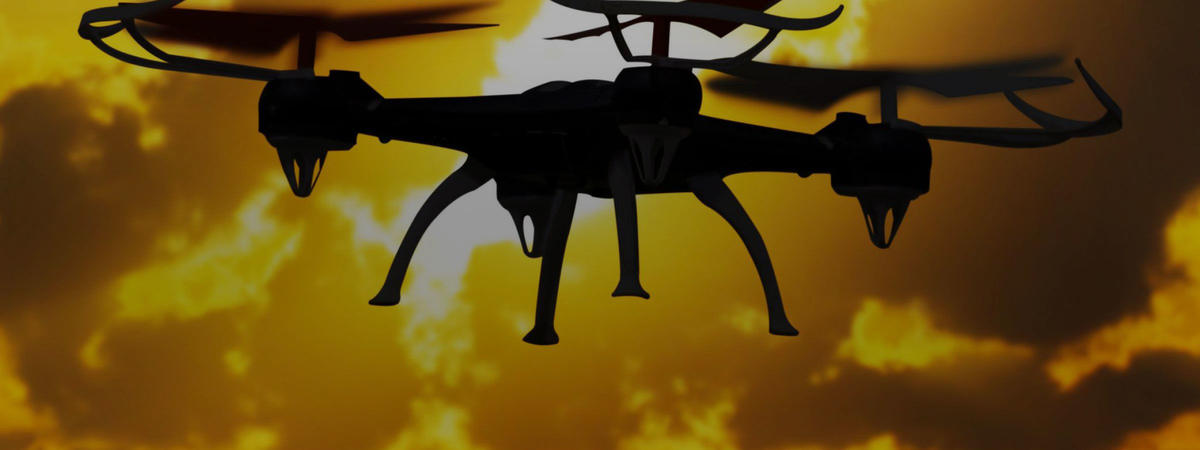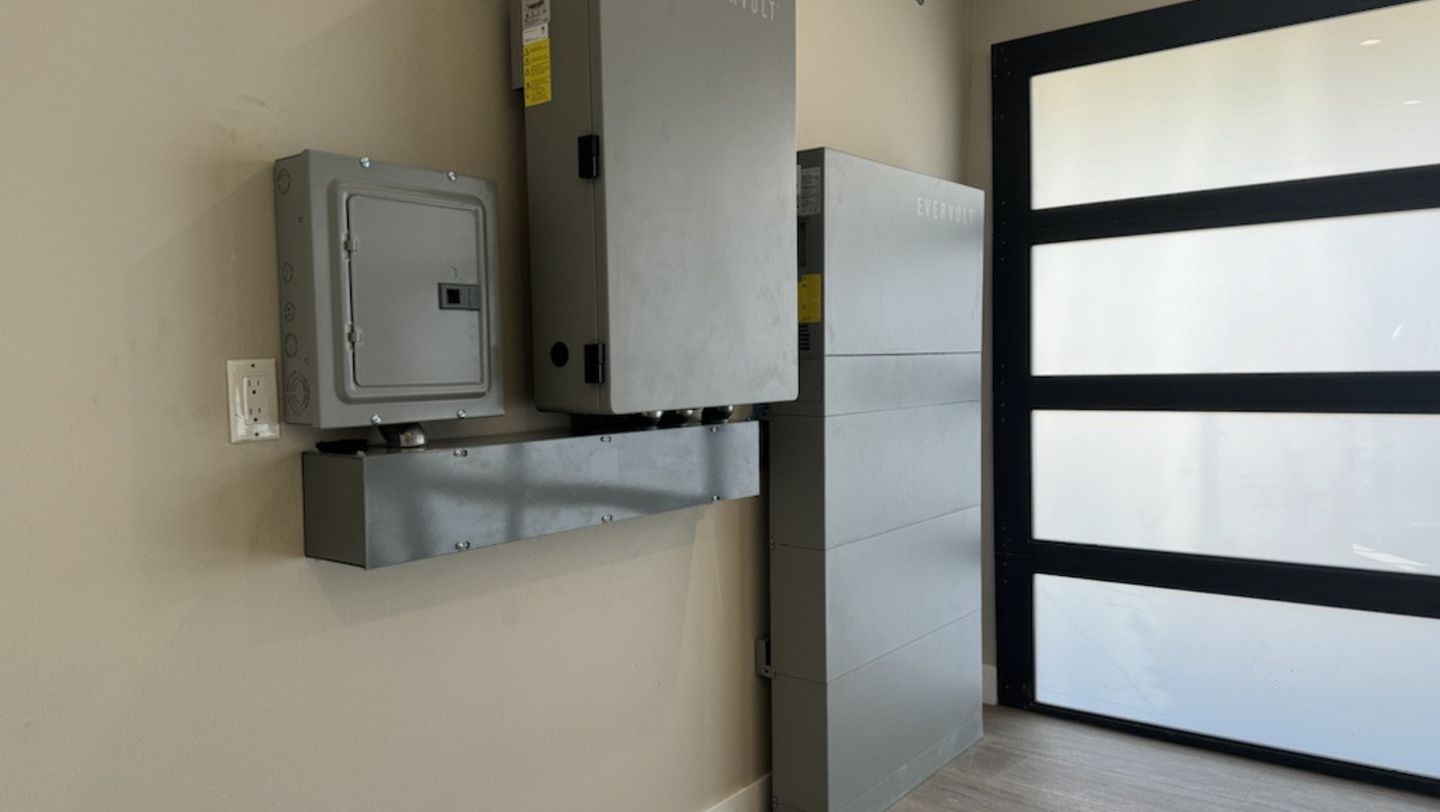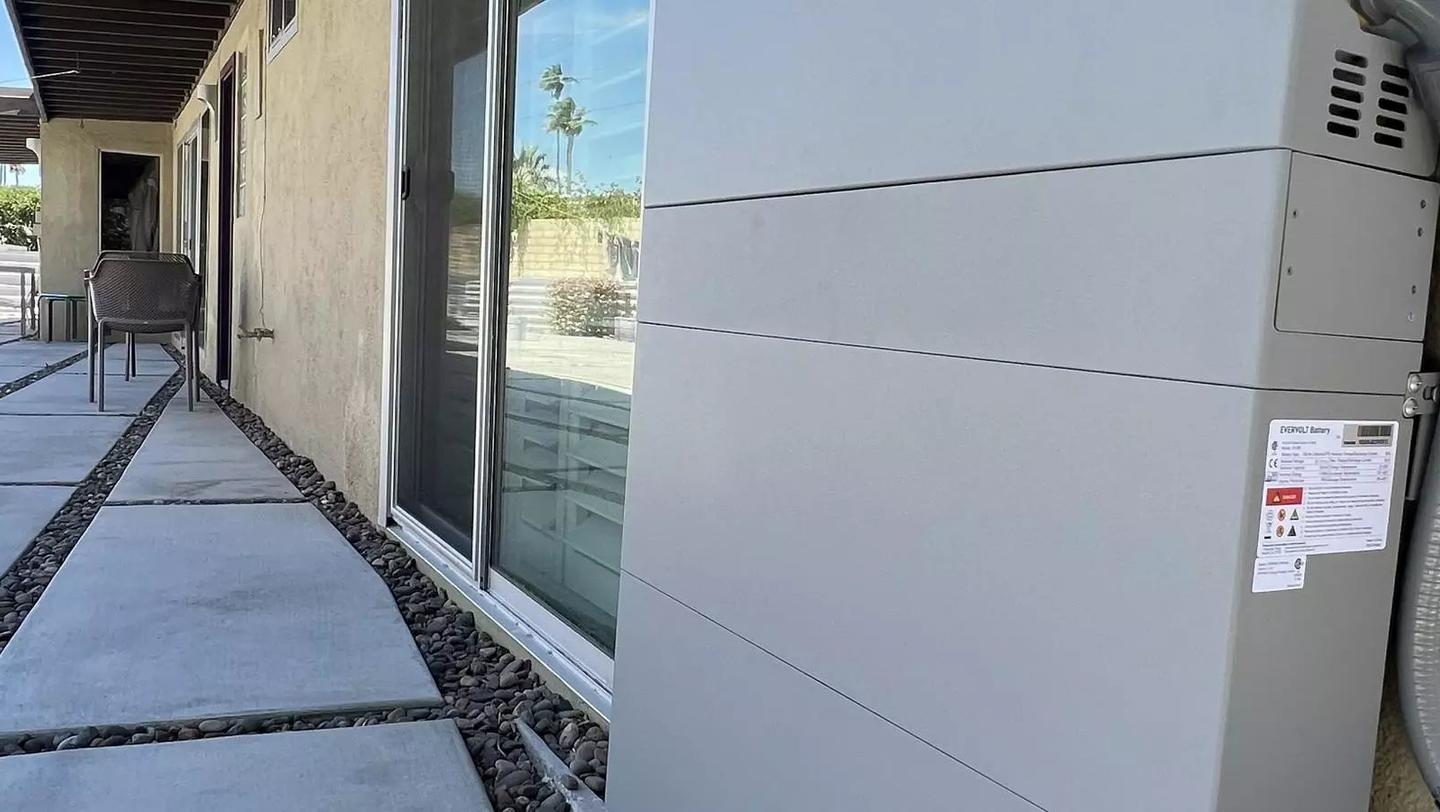Rise of Drone Use in Transportation and Logistics Requires Proper Tools for Reliable, Safe and Efficient Operation

Rise of Drone Use in Transportation and Logistics Requires Proper Tools for Reliable, Safe and Efficient Operation
Drones are seemingly everywhere and they are being used for new and different tasks every day. The consumer oriented drones that have become so popular are only a small segment of the market and offer only some of the controls and functions available by their commercial counterparts. Enhanced functions that include precise controls, GPS mapping and flight planning, geofencing, and larger carrying capacities make industrialized drones suitable for many commercial purposes.
Companies engaged in supply chain operations are deploying drones, otherwise known as unmanned aerial vehicles (UAV) to serve in a wide variety of roles that make some tasks that were previously either very time-consuming and labor intensive, highly efficient, less expensive, and significantly improving worker safety when deployed properly.
Easy with the Right Tools
The transportation and logistics environment has taken to drones in several arenas because of their ability to maneuver around and above otherwise difficult to reach areas like warehouses and shipping container ports and terminals. And part of their repertoire includes multiple ways to communicate and share information.
Cameras are standard equipment and are used not only to provide visibility to pilot the drones but also for identifying and inspecting items. Drone cameras are used to automatically read QR codes that identify shipping containers, machinery and manufacturing equipment, and they can be equipped with RFID scanners that let them locate or identify items not easily visible from the ground.
For most operations drones need to be managed or flown by operators who are more concerned with the shipping or logistics process than in the flight. They use mobile tablet computers to see what the drone sees and can assist in directing the drone to specific locations and come close enough to areas of interest that they are able to see the video being captured by the drone’s onboard camera on their tablet display. This kind of immediate and real time visibility can make a real difference in reducing the time technicians need to spend accessing hard to reach places. Operators can position the drone above machinery for close-up inspection without having to shut down operations, something that can cause significant disruption to supply chain operations. Similarly drones can cover large areas from relatively high altitudes to survey rail yards and find specific rail car shipping containers or equipment, then quickly come closer to verify the item they’ve located is the right one. This allows crews to go directly to the freight or equipment eliminating hours of searching from the ground.
Maintenance and repair crews are using drones’ high resolution cameras to perform inspections of hard to reach locations like cargo cranes or towers of containers. Drones can easily maneuver around structures at heights that previously weren't easily accessible by workers needing to take a close look at conditions. Drones are able to be quickly and accurately positioned to aim their cameras at areas of interest while workers on the ground use their tablets to control, view, inspect and document their observations.
The versatility of mobile tablets and 2 in 1 hybrid laptops have found their way to forklifts and other vehicles in warehouses and intermodal terminals where they can be mounted to the vehicles and used to control and monitor drones, then quickly and easily detached and carried with the worker to the location that needs attention.
Stay in Control Under Duress
Of course the mobile devices used in these kinds of environments need to be both rugged enough to survive the rough and often wet conditions of outdoor work, and also have high quality display screens designed to be readable in bright sunlight or in the dark if they are to be usable.
Using drones in outdoor conditions means that both the drones and the mobile computing device workers use to view and control them need to be used and able to withstand adverse conditions including bright sun, at night, in extreme cold, rain, even dust or dirt. Viewing a tablet in bright sun is impossible for most consumer grade tablets, and it’s critical to have full viewing capability when using it to control a drone and view the video or pictures. Likewise operation in rain and snow and the ability to operate wearing gloves requires that a high performance, purpose-built, rugged mobile device be paired with a commercial drone to help ensure peak performance in all conditions.
These are just some of the operational considerations to be made when deploying commercial drones. As with any new technology deployment researching and testing the capabilities of the tools and equipment is a critical element of a successful deployment.
For more information on mobile devices purpose-built for use in supply chain and shipping terminal environments, check out the Panasonic Toughbook family of mobile device at Panasonic Toughbook and Toughpad solutions. If you would like to consult with an experienced Mobile solution Field Engineer about Toughbook mobile devices for use in your transportation and logistics operations, contact us.











